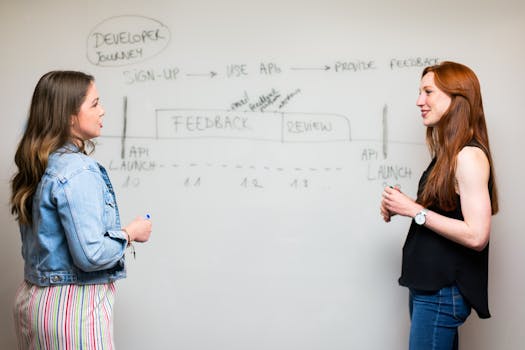One of the worst mistakes early founders make is waiting too long to launch. You don’t need to wait until your product is perfect. You need real users giving real feedback as early as possible. That’s how you find what really matters and what doesn’t.
This guide shows you how to launch a simple version of your product, collect actionable feedback, and use it to improve your product quickly without losing focus.
Define What You Want to Learn
Before you ask for feedback, know what kind of feedback you’re looking for. Are you trying to understand:
- Is this solving a real problem?
- Is this usable and easy to navigate?
- Would someone pay for this?
- What features are missing or confusing?
Write down 2 to 3 key questions that will guide how you collect and sort feedback. This keeps you focused and avoids noise.
Launch a Usable, Not Perfect, Version
Do not wait for version 1.0. Launch a “minimum usable version.” It could be:
- A live demo with only the core flow working
- A single-page prototype built in Bubble, Webflow, or Framer
- A Figma mockup you can click through
- A working backend with basic UI
Aim for something people can use and react to. Function beats polish.
Get Feedback From Real Users, Not Just Friends
Friends are supportive but biased. You need feedback from your target customer segment. Some easy ways to get early users:
- Post in niche communities (Reddit, Discord, Slack groups)
- Cold outreach on LinkedIn or email
- Offer free access in exchange for a 15-minute call
- Run a private beta with 10–20 people
Use tools like Tally, Typeform, or Google Forms to structure feedback. Keep it short, like:
- What problem were you trying to solve?
- Did this help? Why or why not?
- What was confusing or frustrating?
- Would you pay for this? How much?
💡 Pro Tip: Ask for permission to follow up. The best feedback often comes from conversations, not surveys.
Categorize and Prioritize the Feedback
Once feedback rolls in, organize it. Don’t act on every comment.
Use a simple feedback tracker:
| Feedback | Type | Urgency | Notes |
|---|---|---|---|
| Signup flow is confusing | UX | High | 3 people mentioned this |
| Add mobile support | Feature | Low | Not core right now |
| Pricing unclear | Clarity | Medium | Needs landing page edit |
Look for patterns, not one-off opinions. Prioritize issues that stop users from reaching value.
Use the RICE framework (Reach, Impact, Confidence, Effort) if you’re struggling with what to fix first.
Make Iteration a Weekly Habit
Create a weekly rhythm:
- Review new feedback
- Select the top 1–2 things to fix or test
- Push a new version
- Notify users and ask for re-test
Use tools like:
- Trello or Notion for organizing updates
- PostHog or Mixpanel for usage analytics
- Loom to demo changes quickly to your users
Don’t try to fix everything. Fix the one or two things that unlock the most value. Your product gets better in focused, fast cycles.
Celebrate Learning, Not Just Praise
Some of the best feedback you’ll ever get will be negative. It means you’re testing real ideas, not just theory.
- Thank people for being honest
- Ask deeper follow-up questions
- Iterate visibly so they feel heard
💡 Book tip: The Mom Test by Rob Fitzpatrick is essential reading for learning how to get honest feedback without leading people to say what you want to hear.
Final Checklist
- Defined what you want to learn from early users
- Built and launched a minimum usable version
- Found real users in your target market
- Collected structured and unstructured feedback
- Organized feedback by type and urgency
- Used feedback to improve the product each week
- Built trust with early users by showing visible iteration
Resources
- The Mom Test by Rob Fitzpatrick – how to ask good questions
- Tally.so – fast, free forms for collecting feedback
- PostHog – open-source product analytics
- RICE Prioritization Framework
- Framer or Webflow – no-code tools for launching faster
